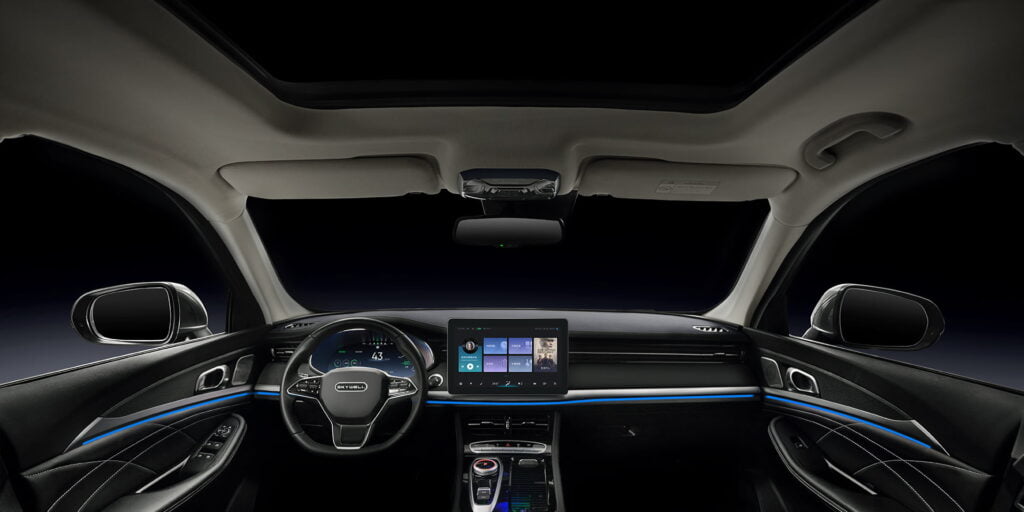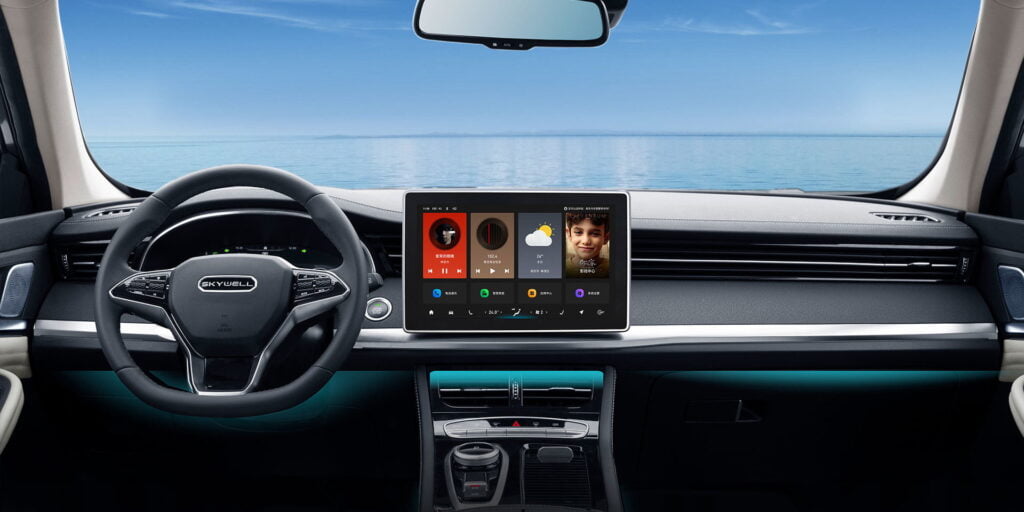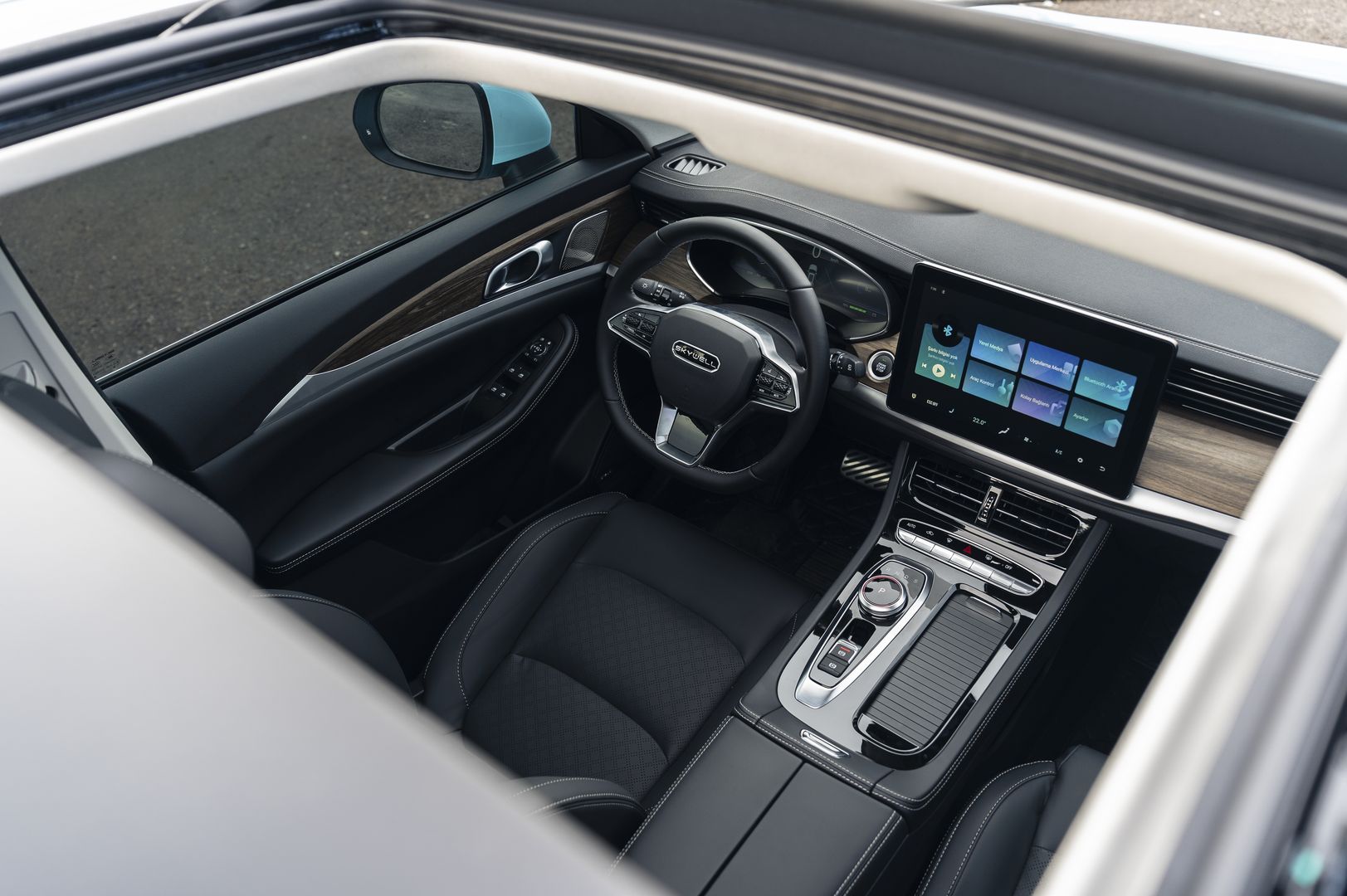Electric vehicles have gained a significant place in the automotive world by offering environmentally friendly, economical, and innovative technologies. One of the most critical components behind the success of these vehicles is their control systems and units. Electric vehicle control systems serve a wide range of functions, from optimizing the vehicle’s performance and increasing energy efficiency to ensuring driving safety and managing overall operation. In this article, we will answer the question, “What is the control system and unit in electric vehicles?”
What is an Electric Vehicle Control System?

The electric vehicle control system can be called the brain of the vehicle. This system manages the critical components such as the electric motor, battery, charging unit, and braking system. The purpose of the control system is to ensure that all these components work in harmony, enabling the vehicle to perform optimally.
Main Components of the Control System
The control system in electric vehicles consists of many subsystems and components. Here are some of these components:
- Battery Management System (BMS): The Battery Management System is one of the most critical parts of electric vehicles. BMS monitors the health and performance of the battery, balances the cells, and prevents overcharging or discharging conditions. This system extends the battery’s life and increases efficiency by constantly tracking parameters such as temperature, voltage, and current.
- Motor Control Unit (MCU): The Motor Control Unit manages the performance of the electric motor. MCU controls the motor’s speed, torque, and overall performance. This system optimizes power distribution according to driving modes and ensures efficient motor operation. It also controls the motor’s instantaneous torque production capacity.
- Charging Control Unit (CCU): The Charging Control Unit manages the vehicle’s charging process. It communicates with external charging devices to optimize the charging process and ensure battery safety. During charging, it controls the current and voltage of the electricity coming to the vehicle.
- Regenerative Braking System: The regenerative braking system converts kinetic energy into electrical energy when the vehicle brakes. This energy is returned to the battery, increasing the vehicle’s range and improving energy efficiency. The regenerative braking system significantly enhances vehicle efficiency, especially in city driving.
- Power Converters: Power converters convert the direct current (DC) from the battery to alternating current (AC) to facilitate energy transfer between the motor and other electrical components. This system converts the incoming electricity from AC to DC during charging and the necessary DC electricity for the motor to AC.
- Driving Control Systems: Driving control systems manage the responses of the gas and brake pedals, adjust driving modes, and optimize the vehicle’s driving performance. These systems are designed to ensure driving safety and provide the driver with a smooth driving experience.
- Safety Systems: Various safety components are also part of the control systems in electric vehicles. For example, airbags, anti-lock braking systems (ABS), and electronic stability programs (ESP) ensure vehicle safety and passenger protection.
What is the Purpose of an Electric Vehicle Control System?
Electric vehicle control systems focus on optimizing the vehicle’s performance, energy efficiency, safety, and overall operation. These systems act as complex structures that monitor, manage, and coordinate the different components of the vehicle.
- Provides High-Performance Battery Management: Battery management systems monitor battery health and balance cells. By preventing overcharging or discharging conditions, they protect the battery’s lifespan. These systems increase battery efficiency, allowing the vehicle to offer a longer range.
- Controls the Motor: The motor control unit measures the driver’s movements and reactions, optimizing motor performance. This ensures high efficiency without power loss and improves the driving experience.
- Manages Charging: Charging control units connect with external charging stations and optimize the charging process. These systems ensure battery safety and stop the charging flow when necessary to prevent battery damage.
- Enables Energy Recovery: The regenerative braking system recharges the battery by recovering kinetic energy during braking. This minimizes energy loss and increases the vehicle’s range.
- Manages Power Converters: Power converters convert the direct current from the battery to alternating current to operate the motor and other electrical components. These systems optimize energy transfer and increase vehicle efficiency.
For more content like ‘What is the Control System and Unit in Electric Vehicles?’ you can check out our general category.
Electric Vehicle Control Systems and the Future

Electric car control systems and units are critical components that ensure the success of these vehicles. Continuous development of these systems enhances the performance, safety, and ease of use of electric vehicles. Future developments may mean longer range, faster charging, and smarter vehicles.
Electric vehicles represent an exciting transformation in the automotive industry with the complexity and effectiveness of their control systems and units. The ongoing development of these systems contributes not only to the widespread adoption of electric cars but also to a sustainable transportation future.
Electric vehicle control systems and units are critical components that ensure these vehicles operate efficiently, safely, and smoothly. These systems coordinate and optimize the different components of the vehicle. Components such as battery management systems, motor control units, charging control units, regenerative braking systems, and power converters enhance the performance and efficiency of electric vehicles. Electric car technology is constantly evolving, and these systems are also benefiting from this development. As a result, electric car control systems are an important step toward a sustainable and innovative transportation future.
You may be interested in;
What Are the Features of Hybrid Vehicles?
Types of Electric Vehicle Charging Sockets and Modes
What is the Impact of Weather on Electric Vehicle Charging?

